30 Best Children's Book Logo Design Ideas You Should Check

Source: Sveta Sadykova, Toby, the Underdog, Behance, https://www.behance.net/gallery/128716431/Toby-the-Underdog-Childrens-book
Step into the magical world of children's literature with our vibrant exploration of children's book logo design! Crafting the perfect logo for a children's book isn't just about playful colors and whimsical fonts; it’s an art form that encapsulates the essence of storytelling and ignites young imaginations. In this article, we dive into some of the most creative and inspiring logo designs that perfectly reflect the spirit of children's narratives.
From illustrations that whisper tales of adventure to typography that dances off the page, each logo design we feature has the power to enchant and engage. Whether you're a designer searching for inspiration, a publisher in pursuit of the perfect branding, or simply a lover of beautiful book art, you'll find plenty of ideas that spark creativity and delight. Join us as we showcase the best in children's book logo design, where every curve and color plays a part in telling a story!
Children's Book Logo Design Ideas

Source: Steve Simpson, A Tale Of Two Houses, Dribbble, https://dribbble.com/shots/19257240-Book-Cover

Source: Anna Khomych, Pan Kotsky, Behance, https://www.behance.net/gallery/145929865/Pan-Kotsky-Childrens-book

Source: Lena Bardy, My Green Is Gone, Behance, https://www.behance.net/gallery/124298543/My-Green-Is-Gone-picturebook

Source: Blockbrush _Art, The Great Dream, Behance, https://www.behance.net/gallery/154359009/Book-illustration-The-Great-Dream

Source: Vanessa Sagala, The Imagined Book, Behance, https://www.behance.net/gallery/214256855/The-Imagined-Book-Cover-2024

Source: Julia Zabolotnikova, Jozio's Adventure, Behance, https://www.behance.net/gallery/100735909/JOZIOS-ADVENTURE-illustrated-book

Source: Lucie Dessertine, Un Bateau À La Mer, Behance, https://www.behance.net/gallery/157675463/Un-bateau-a-la-mer-Plume-de-bourdon-ditions-2022

Source: Lana Levitann, The Dream of Space, Behance, https://www.behance.net/gallery/163914457/The-dream-of-space-Childrens-Book-Illustration

Source: Matheus Rodrigues, Tacacá, Behance, https://www.behance.net/gallery/144029151/TACACA-Book-Cover-Illustration

Source: Diep Hoho, Father's Forture, Behance, https://www.behance.net/gallery/86762915/FATHERS-FORTURE

Source: Rosina Spivak, Beeware The Bees, Behance, https://www.behance.net/gallery/159711537/Cover-book-with-animals

Source: Laura Díez, ¿Te Has Comido Al Bebé?, Behance, https://www.behance.net/gallery/145604225/Libro-Te-Has-comido-al-beb

Source: Andreaga, History of a Synthesizer, Behance, https://www.behance.net/gallery/191102773/History-of-a-synthesizer

Source: Ulyana Nikitina, The Blue Bird, Behance, https://www.behance.net/gallery/194365021/The-Blue-Bird-Part-2-Childrens-book-illustrations

Source: Olga Urbanowicz, A Habitat for the Little Bat, Behance, https://www.behance.net/gallery/141332341/A-Habitat-for-the-Little-Bat

Source: Olga Illarionova, Berns McGoo Food Detective, Behance, https://www.behance.net/gallery/126087313/Childrens-detective-book

Source: Elias Sounas, Sweet Home, Dribbble, https://dribbble.com/shots/14380427--Teratomikroulis-sleeping-monster

Source: Matheus Furtado, Feeling the Wind, Behance, https://www.behance.net/gallery/165975289/Feeling-the-Wind

Source: Carol Rempto, Bruno y los Grillos, Behance, https://www.behance.net/gallery/212077807/Bruno-y-los-Grillos

Source: Anastasia Ryzhkova, Journey to the Magic Kingdom, Behance, https://www.behance.net/gallery/204930079/Journey-to-the-Magic-Kingdom

Source: Elias Sounas, Dream Light, Dribbble, https://dribbble.com/shots/19620032--Dream-Light

Source: Nadia Gunawan, The Tale of Despereaux, Behance, https://www.behance.net/gallery/123689853/The-Tale-of-Despereaux

Source: Lisa McCormick, Lichen Books, Dribbble, https://dribbble.com/shots/20945860-Branding-for-children-s-book-company

Source: Anastasia Ryzhkova, The Child and the Goat, Behance, https://www.behance.net/gallery/204937269/The-Child-and-the-Goat

Source: Leslie Olson, Green Witch Magic, Dribbble, https://dribbble.com/shots/16308977-Green-Witch-Magic-Book-Cover

Source: Francis Chouquet, The Potatoe Artbook, Dribbble, https://dribbble.com/shots/18460664-The-Potatoe-Artbook

Source: Matheus Rodrigues, Baking Memories, Behance, https://www.behance.net/gallery/158227297/Baking-Memories

Source: Andreaga, Los Buscadores de Luz, Behance, https://www.behance.net/gallery/161824763/Los-Buscadores-de-Luz

Source: Isaac Murgadella, La Detective Y El Dragon, Dribbble, https://dribbble.com/shots/20980391-Children-book-cover

Source: Sveta Sadykova, Toby, the Underdog, Behance, https://www.behance.net/gallery/128716431/Toby-the-Underdog-Childrens-book
What Makes a Children's Book Logo Memorable?
Creating a memorable children’s book logo design is an enchanting journey that blends creativity with strategic thinking. A great logo not only captures the essence of the book but also leaves a lasting impression on both young readers and their caregivers. Here are five key elements that make a children's book logo truly memorable:
Vibrant Colors That Speak to Children
Color is a powerful tool in children's book logo design, acting as an emotional cue that draws attention and communicates the mood of the book. Bright, bold colors are typically appealing to children, invoking excitement and joy. For instance, a logo featuring a bright red or sunny yellow can evoke feelings of adventure and happiness, respectively. It's important to choose colors that resonate with the themes of the book while also standing out on bookshelves and digital platforms.
Whimsical and Playful Typography
The choice of font in a logo can tell a story by itself. For children’s books, fonts that are fun, playful, and easy to read strike the right chord. Fonts with soft, rounded edges or those that mimic childish handwriting often work well, as they appear less formal and more approachable to a young audience. Creative use of typography can also include elements like varying letter sizes or incorporating images within the letters themselves, adding a layer of intrigue and engagement.
Imaginative Imagery That Tells a Story
A logo should serve as a peek into the world of the book. Incorporating imaginative elements or characters from the story into the logo design helps in making it memorable. Whether it’s a mischievous cat, a magical tree, or a little robot, these icons can become synonymous with the book itself, fostering recognition and emotional connection. Effective children's book logo design often uses these symbols to spark curiosity and draw readers into the book’s world.
Scalability and Versatility
A memorable logo performs well across various mediums and sizes — from the tiny corner of a smartphone screen to a large poster at a book fair. This scalability ensures that the logo remains effective and recognizable no matter where it appears. The design should maintain its integrity and impact when resized, with clear visibility of its core elements, ensuring that the logo can be easily identified and remembered.
Emotional Resonance
Above all, a memorable children’s book logo connects emotionally with its audience. It should resonate with the feelings and experiences of childhood, from wonder and awe to giggles and mischief. The logo not only represents the book but also becomes a symbol of the adventures and lessons contained within its pages. By striking an emotional chord, the logo helps build a lasting relationship between the reader and the book, encouraging loyalty and repeated engagement.
In essence, a memorable children’s book logo design is one that delights, engages, and stands out in a bustling market. It combines aesthetics with functionality, ensuring that each element—from color to character imagery—works harmoniously to tell the book's unique story and capture the hearts of its youthful audience.
What Shapes Are Commonly Used in Children's Book Logo Design?
Shapes are the building blocks of visual communication, especially in children's book logo design, where each curve and angle can tell a part of the story. A well-chosen shape not only makes a logo appealing but also conveys the right message to its young audience. Let’s explore five shapes that are frequently used in children’s book logos, each adding a unique layer of intrigue and engagement.
Circles: The Shape of Friendliness
Circles are a universal symbol of unity, wholeness, and inclusion. In children's book logo design, circular shapes are often used to evoke feelings of safety and comfort. They have no beginning or end, which can represent the timeless nature of the stories within. Circular logos are also inherently eye-catching due to their smooth and continuous outline, making them an excellent choice for engaging young readers.
Stars: Sparkling with Imagination
Stars are frequently used in children’s book logos as they signify magic, dreams, and wonder—themes that are central to many children's stories. They can be styled in various ways to match the tone of the book, whether it's a classic five-pointed star for a magical adventure or a more abstract, twinkling design for a dreamy bedtime story. Stars also have the added benefit of drawing the eye, making them effective at capturing the attention of potential young readers.
Clouds: Floating on Dreams
Clouds are another popular shape in children’s book logos, often associated with dreams, creativity, and imagination. They can be whimsically stylized to suit different types of narratives, from fluffy, light clouds in a sunny day adventure to more stylized, cartoon-like clouds in a fantasy tale. Clouds add a soft, gentle element to logos, making them appealing to both children and parents.
Hearts: Symbols of Love and Care
Hearts are a direct symbol of love, care, and affection. When used in children’s book logos, hearts convey a message of warmth and friendliness, often appealing to the emotional connection between parents and children during storytime. A heart shape can be incorporated as a standalone design or as part of other elements, such as the eyes of a character or hidden within a tree’s leaves, adding a layer of discovery to the logo.
Arrows: Pointing to Adventure
Arrows bring a dynamic energy to children's book logos, suggesting movement, direction, and adventure. They are particularly effective for books that focus on journeys, exploration, or growth. Arrows can be creatively adapted to point the way forward, urging children and their parents to follow along and discover the stories waiting within the pages.
When designing a logo for a children's book, the shape should not only be visually appealing but also resonate with the book's content and audience. The shapes chosen should complement the overall theme and help in establishing a connection with potential readers. A carefully considered shape can make a logo more than just a brand identifier; it can turn it into a beacon that draws young readers into the wonderful world of books.
What Fonts Work Best for Children's Book Logos?
Selecting the perfect font for a children's book logo design is like choosing the best shoes for a superhero—each choice enhances the character's superpowers! In the magical world of children's books, fonts play a crucial role in conveying the spirit of the story and connecting with the young readers. Here are five types of fonts that work wonders in creating engaging and memorable children’s book logos:
Handwritten Fonts
There's something inherently joyful and personal about a handwritten font. These fonts mirror the scrawls and scribbles of a child’s own handwriting, making the logo feel friendly and relatable. Fonts like "Comic Sans" or "Bradley Hand" offer a casual, approachable vibe that can make the logo appear more inviting and fun, perfectly echoing the playful nature of children’s stories.
Bold and Rounded Fonts
Fonts with bold, rounded letters are a hit among children’s book logos due to their soft, approachable look. These fonts are easy on the young eyes and often stand out in marketing materials. "Bubblegum Sans" and "Fredoka One" are great examples that provide a cheerful and energetic feel, ideal for stories filled with excitement and adventure.
Quirky and Eccentric Fonts
To instantly grab attention and ignite imagination, quirky fonts with unique character shapes can be incredibly effective. These fonts add a touch of whimsy and fantasy, essential for books that transport children to extraordinary worlds. "Paprika" and "Amatic SC" are examples of fonts that offer an offbeat charm without compromising legibility.
Traditional Serif Fonts
For children's books that are educational or have a classic tale to tell, traditional serif fonts can add a sense of seriousness and authority. While they are more formal, fonts like "Garamond" or "Times New Roman" can be styled in a way that still appeals to children, such as by softening the edges or using vibrant colors. This approach helps maintain a balance between fun and educational content.
Modern Sans-Serif Fonts
Modern sans-serif fonts are versatile and highly legible, making them suitable for a broad range of children's books. These fonts lend a contemporary and clean look to the logo, which can be particularly effective for science and technology-themed books. "Roboto" and "Montserrat" are excellent choices for a sleek, modern feel that still feels warm and inviting.
When choosing a font for a children's book logo design, it's important to consider the emotions and messages you want to convey. The font should align with the theme of the book and be appealing to both children and adults. Legibility is key—especially for younger readers—as the logo often serves as their first interaction with the book. Additionally, the chosen font should scale well across different media, from online thumbnails to large posters, ensuring that the logo remains effective and engaging in all contexts.
What Kind of Symbols Are Effective in Children's Book Logo Design?
Diving into the whimsical world of children's book logo design, symbols act as the visual whisperers of the story's spirit, engaging young minds and stirring their imaginations. The right symbols can turn a simple logo into a gateway to fantastical worlds, thrilling adventures, and lifelong memories. Let's explore five types of symbols that effectively capture the essence of children's literature and ensure the logo resonates with its youthful audience.
Iconic Imagery from the Story
Symbols that are directly lifted from the book's narrative have a powerful impact. Whether it's a magic wand, a pirate ship, or a peculiar hat, these icons serve as instant reminders of the adventure within. Such imagery not only makes the logo memorable but also helps in branding, as readers can immediately connect the logo with their beloved characters or settings. For instance, a logo featuring a small, round spectacled boy instantly recalls a world of wizardry to anyone familiar with modern children’s literature.
Animals and Mythical Creatures
Animals, whether real or mythical, are universally beloved by children and make excellent symbols in children's book logo design. They can be styled in countless ways — from cute and cuddly to majestic and mysterious. Creatures like dragons, unicorns, or even more familiar pets like dogs and cats, can symbolize various themes of the book such as loyalty, bravery, or the magic of the unknown. The silhouette of a soaring dragon or a playful kitten can quickly capture the heart of a child, drawing them into the story.
Natural Elements
Trees, stars, clouds, and flowers are symbols that evoke a sense of wonder and exploration. They are versatile and can be adapted to fit a range of children's book themes, from outdoor adventures and fairy tales to stories about growth and discovery. For example, a tree might be used to represent wisdom, life, or a sheltering presence, while stars could symbolize hope and dreams. Integrating these elements into a logo helps to set the tone of the book and invites the reader into a world where anything is possible.
Playful Letters and Numbers
Incorporating letters or numbers into the logo design can add an educational twist, making it particularly appealing for children’s educational books. This approach not only attracts the child’s attention but also appeals to parents looking for educational content. For example, a logo with a letter 'A' styled as an astronaut or an apple can be both playful and instructive, hinting at the learning material within the book.
Tools of Adventure or Creativity
Symbols such as pencils, books, maps, or binoculars can suggest themes of creativity, adventure, or discovery. These symbols work well for children's books that aim to inspire creativity and exploration. A logo featuring a magnifying glass or a paintbrush invites children to see themselves as explorers or creators, directly engaging with the themes of the book and encouraging them to dream big.
In the enchanting realm of children's book logo design, choosing the right symbol is about more than aesthetic appeal; it's about storytelling and connection. Each symbol serves as a visual cue that communicates the book’s theme and promises the young readers a journey worth embarking on. Effective symbols not only enhance brand recall but also enrich the child's interaction with the book, making each reading experience uniquely memorable.
Should a Children's Book Logo Design Be Simple or Complex?
When diving into the whimsical world of children's book logo design, one often wonders whether to keep the logo simple or sprinkle a bit of complexity. Striking the right balance can be the magic potion that captures the imagination of young minds and the practical eye of their parents. Here are five points to consider when deciding between simplicity and complexity in children's book logo design:
Clarity and Recognition
Simplicity often reigns supreme when it comes to logo design, especially in children's books. A simple logo is usually more recognizable and easier for young minds to remember. This clarity helps the logo stand out in a sea of visuals, making it more likely for a child to recognize and pick out the book from a crowded bookshelf. For instance, a simple silhouette of a cat or a crown can effectively communicate the essence of a story without overwhelming young viewers.
Versatility Across Media
A simpler logo adapts more fluidly across different media — from digital displays to print, and even merchandise. When a children's book logo design maintains its integrity on everything from a tiny mobile screen to a large poster, it ensures consistent branding and recognition. This versatility is crucial in today’s multi-platform world, where children and parents interact with brands across various touchpoints.
Emotional Connection
While simplicity aids in recognition and versatility, complexity in a logo can weave a deeper story, potentially forging a stronger emotional connection with its audience. A more detailed logo can incorporate elements that hint at the storyline, setting, or characters, inviting children and parents to delve deeper into the world of the book. For example, a logo that includes a detailed tree with hidden creatures in its branches might spark curiosity and imagination, drawing readers into a story of mystery and exploration.
Age Appropriateness
The age group of the intended audience plays a crucial role in determining the complexity of a logo. Younger children tend to gravitate towards simple and bold designs with bright colors, which are easier for them to identify and understand. As children grow older, they can appreciate and understand more complex designs that include subtler themes and sophisticated imagery. Therefore, a logo for a book aimed at toddlers might be very simple, while one for middle graders could afford to be more intricate.
Balancing Act
The best children's book logo designs often find a happy medium between simplicity and complexity. They use simple base shapes or images, enhanced with a few well-chosen details that add character without overwhelming the design. This approach ensures the logo is not only easy to recognize and remember but also rich enough to engage and intrigue. For instance, a simple outline of a boat with a subtly detailed sail could strike the perfect balance, hinting at adventure while maintaining visual simplicity.
Whether a children's book logo design should be simple or complex depends on several factors, including the target age group, the platform diversity, and the story's depth. The key is to captivate and connect while ensuring the logo is practical and functional across various applications. A thoughtful blend of simplicity with just a touch of complexity can make a children’s book logo not just seen, but also beloved and remembered.
Conclusion
Effective children's book logo design requires a blend of creativity, strategic thinking, and an understanding of the audience's developmental stage. By choosing the right colors, fonts, and symbols, designers can create logos that are not just visually appealing but also resonate deeply with young readers and their parents. Whether through playful typography, vibrant colors, or imaginative imagery, each element of the logo should contribute to a story that invites curiosity and exploration. Embracing these principles in children's book logo design ensures that each logo is not only memorable but also forms a lasting connection with its audience, enhancing the reading experience and encouraging a lifelong love of books.
Let Us Know What You Think!
Every information you read here are written and curated by Kreafolk's team, carefully pieced together with our creative community in mind. Did you enjoy our contents? Leave a comment below and share your thoughts. Cheers to more creative articles and inspirations!

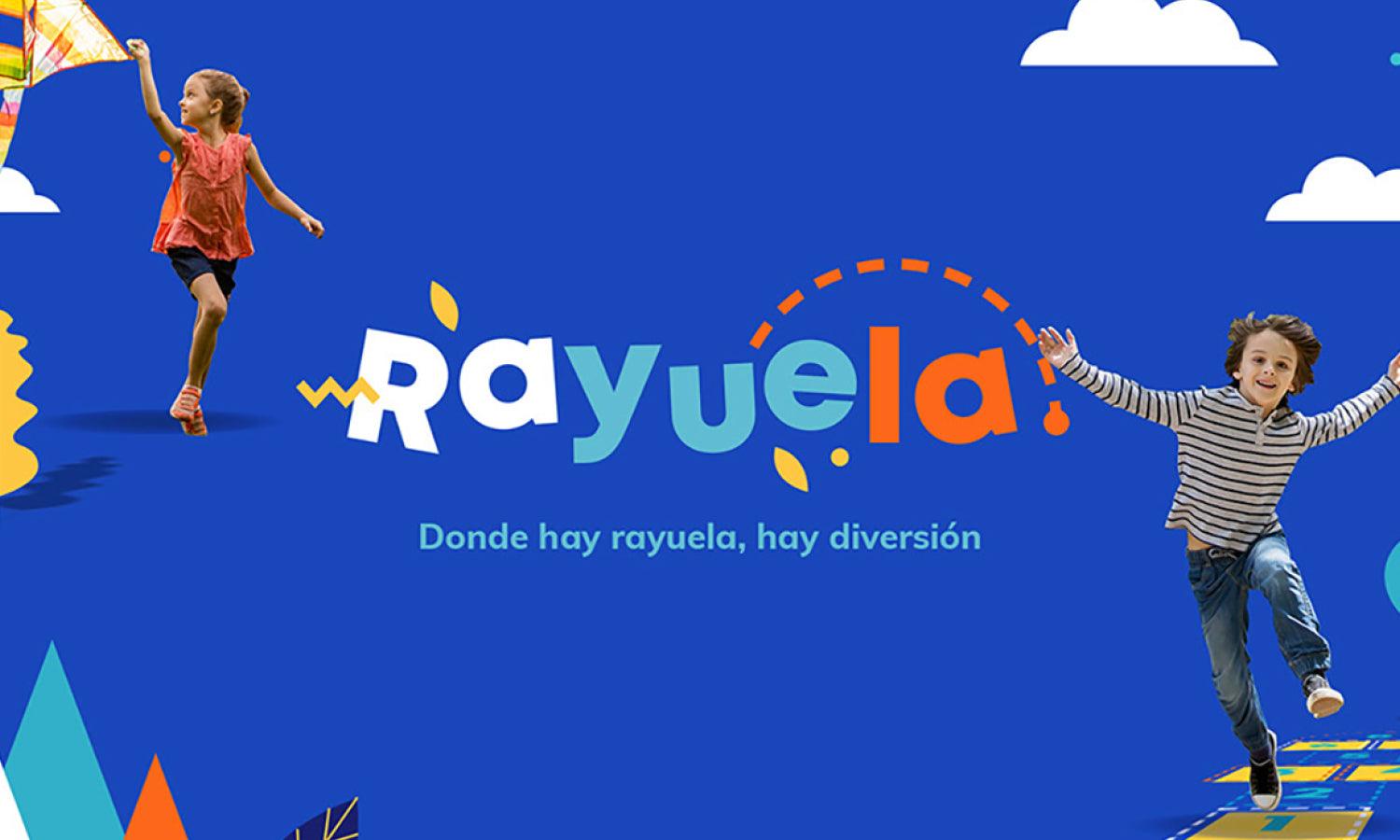
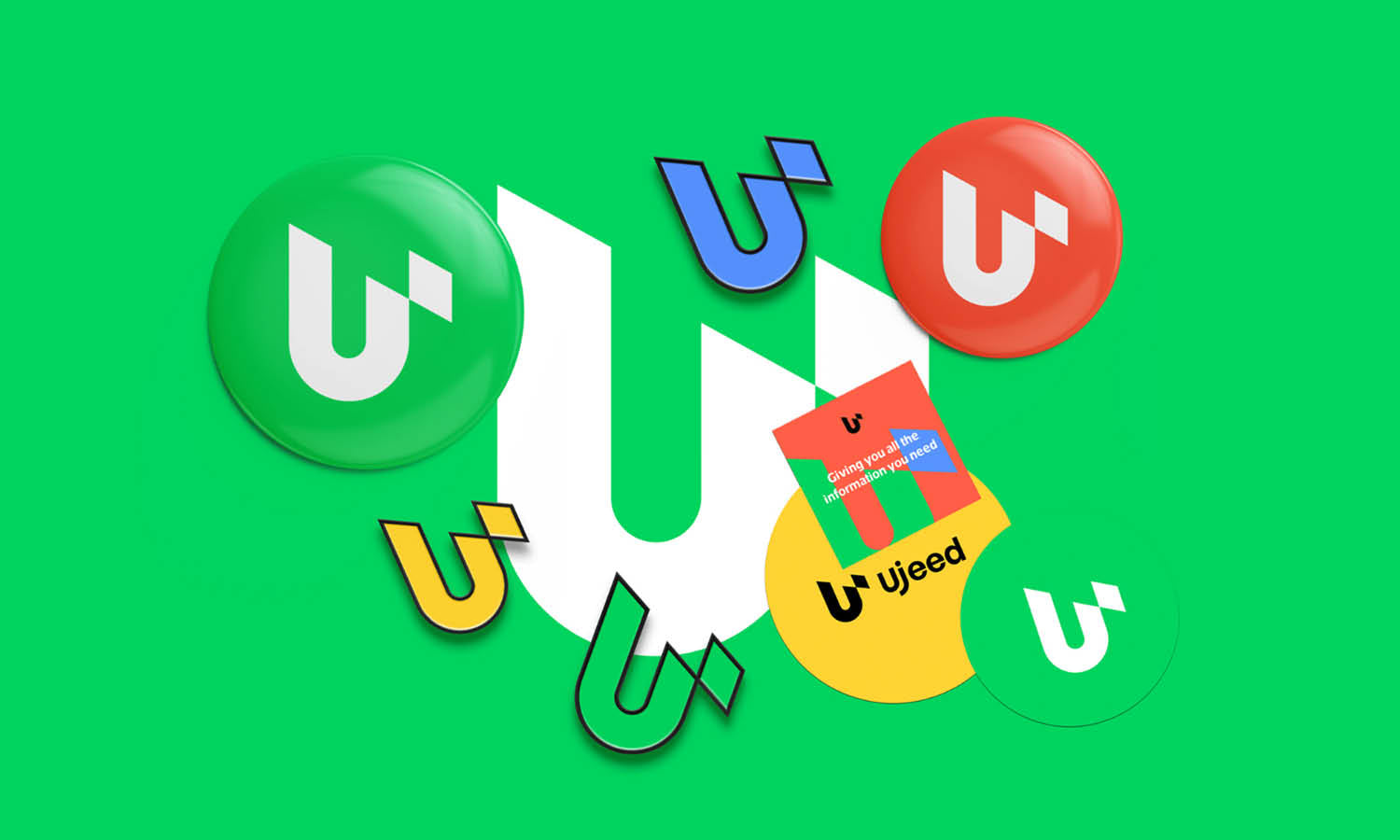
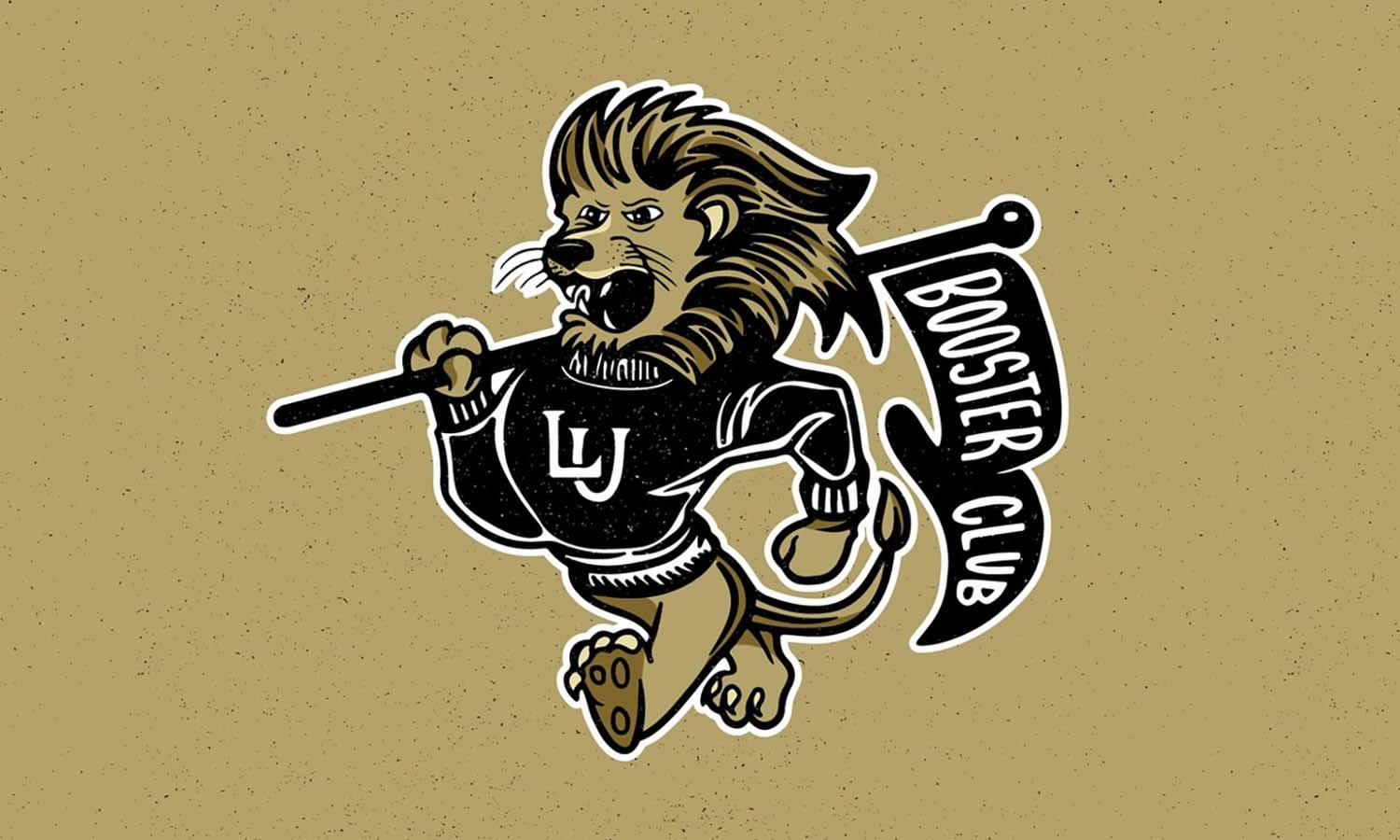
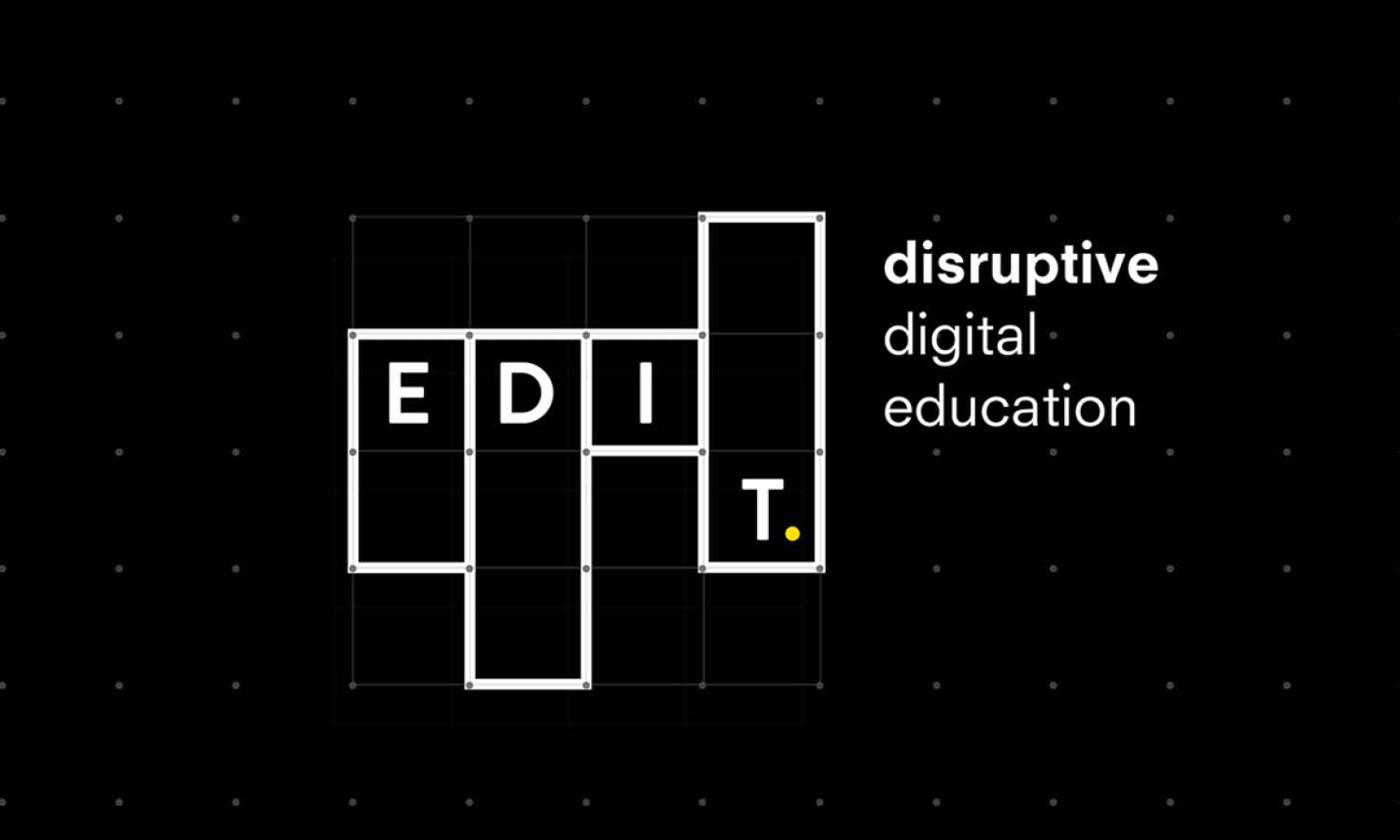
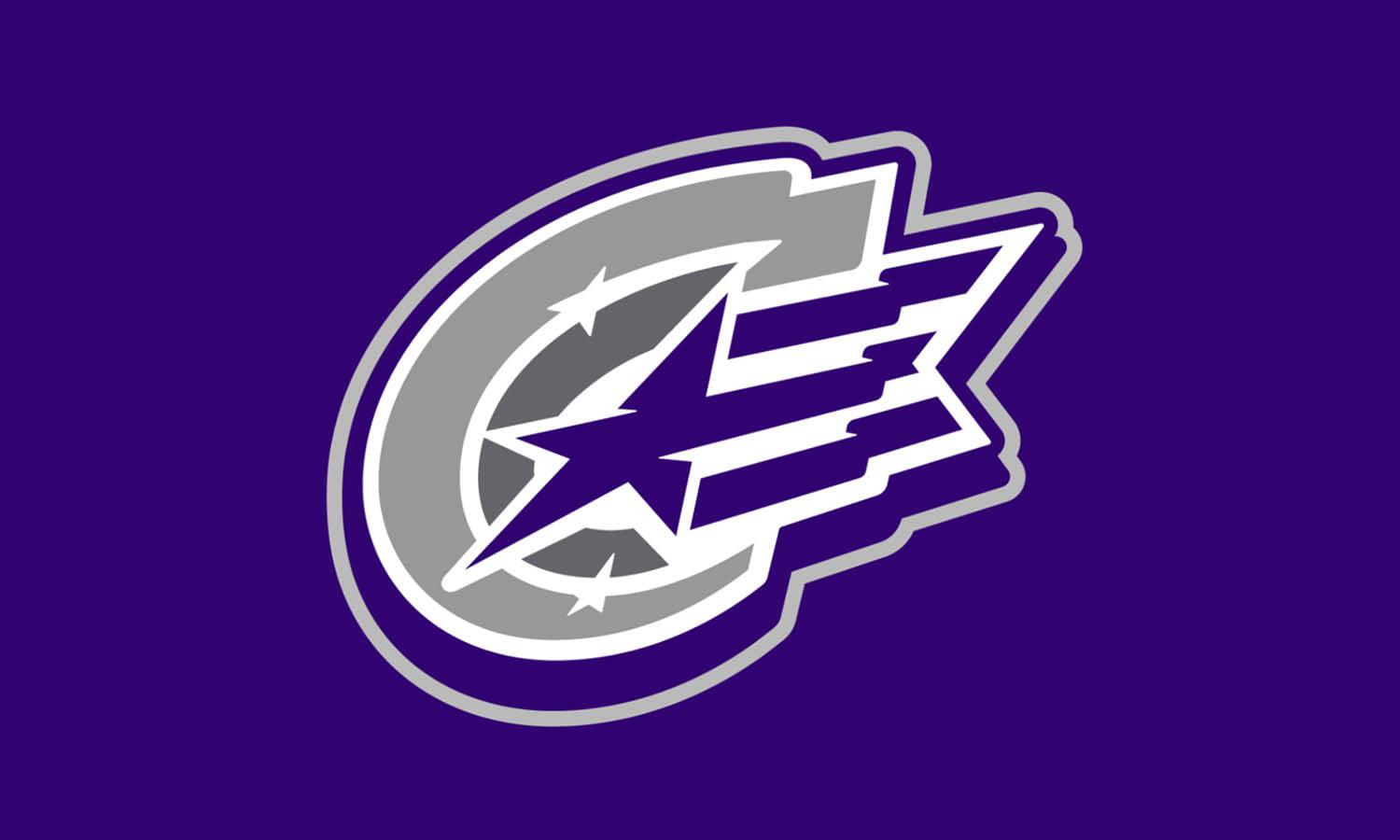
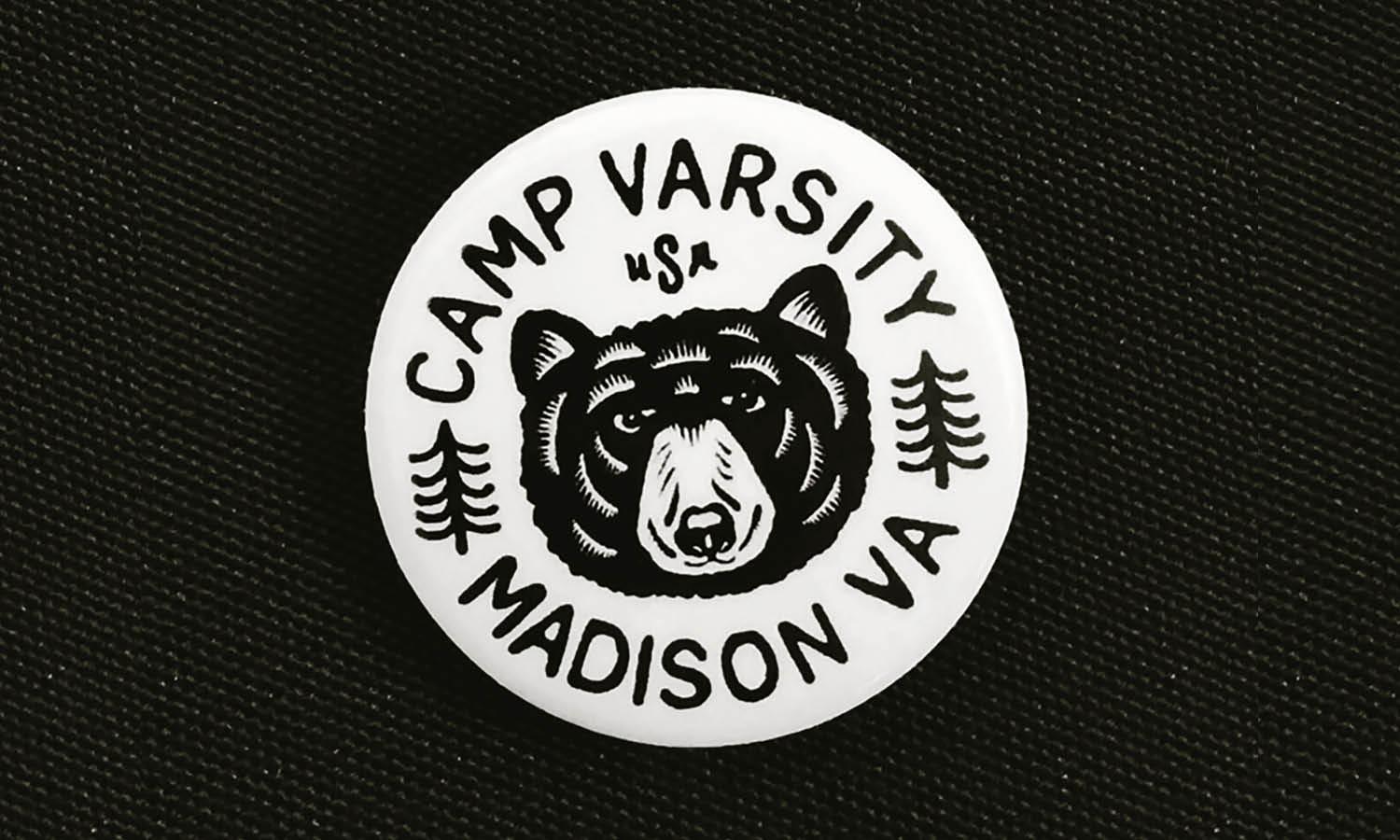
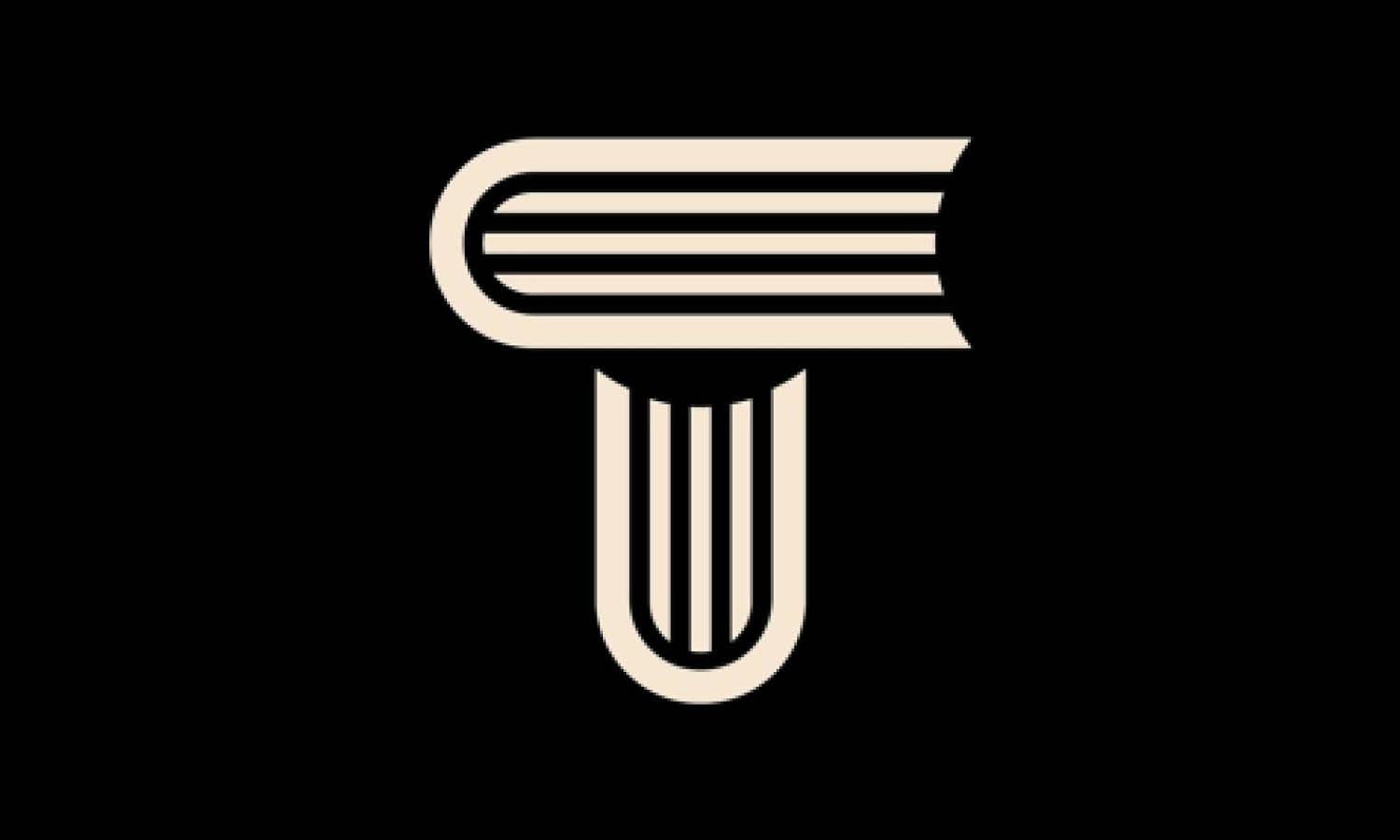








Leave a Comment